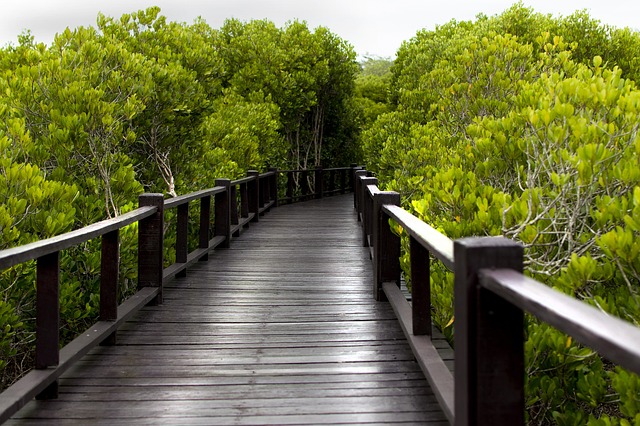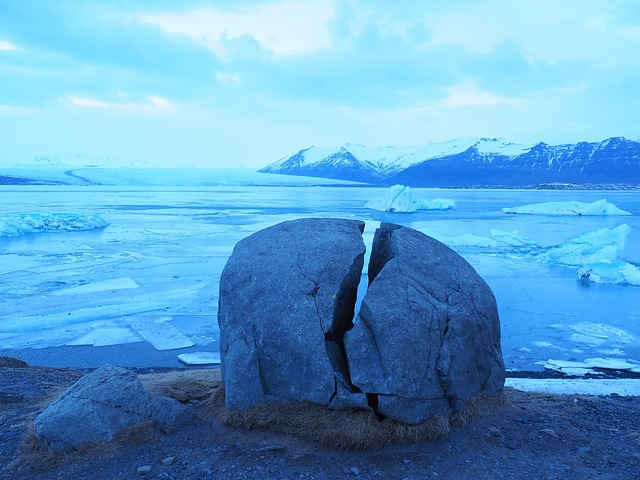As we continue to witness the alarming impacts of climate change, it is crucial to turn our attention to the incredible natural solutions that can aid in mitigating its effects. Among these solutions, mangrove forests stand out as a vital component in our fight against a warming planet. Mangrove forests, often overlooked, play an essential role in protecting coastal ecosystems and communities from the adverse effects of climate change.
Mangroves are unique trees that thrive in tidal, intertidal zones, creating a dense and intricate habitat that is home to numerous species of fish, birds, and other wildlife. These robust ecosystems serve as a buffer between the land and the sea, reducing the energy of storm surges and protecting coastal areas from erosion. In an era where rising sea levels threaten to submerge low-lying regions, the presence of mangrove forests can make a significant difference in safeguarding both the environment and human lives.
One of the most remarkable features of mangrove forests is their ability to sequester carbon dioxide. Through the process of photosynthesis, these trees capture carbon from the atmosphere and store it in their biomass and the sediment beneath them. This makes mangrove forests one of the most effective natural carbon sinks on the planet. By preserving and restoring these ecosystems, we can significantly reduce greenhouse gas emissions and combat the impacts of climate change.
Furthermore, mangrove forests contribute to biodiversity and improve water quality. They serve as nurseries for various marine species, ensuring a healthy and productive fishery industry. The intricate root systems of mangroves filter pollutants and improve the clarity of coastal waters, making them essential not only for the environment but also for local communities that rely on fishing for their livelihoods.
Despite their immense value, mangrove forests are facing unprecedented threats. Urban development, agricultural expansion, and climate change itself are all contributing to the loss of these critical ecosystems. According to the United Nations, we are losing mangrove forests at an alarming rate of 1% per year, which can have severe implications for the climate and coastal communities. Now more than ever, it is essential to prioritize the protection and restoration of mangrove forests as part of global climate action initiatives.
Governments, organizations, and individuals alike can play a role in safeguarding these precious ecosystems. Simple actions such as supporting policies that protect mangrove habitats, participating in restoration projects, or spreading awareness can contribute significantly to the preservation of these vital environments. By advocating for the protection of mangrove forests, we can ensure that their benefits continue for generations to come.
In conclusion, as we confront the realities of a changing climate, we must recognize the invaluable role of mangrove forests. These ecosystems are not just trees; they are resilient protectors of our coastlines, carbon sinks, and biodiversity hotspots. It is our responsibility to safeguard them for the protection of our planet and future generations. Together, we can make a lasting impact in the battle against climate change by embracing and supporting the mission to protect mangrove forests.



